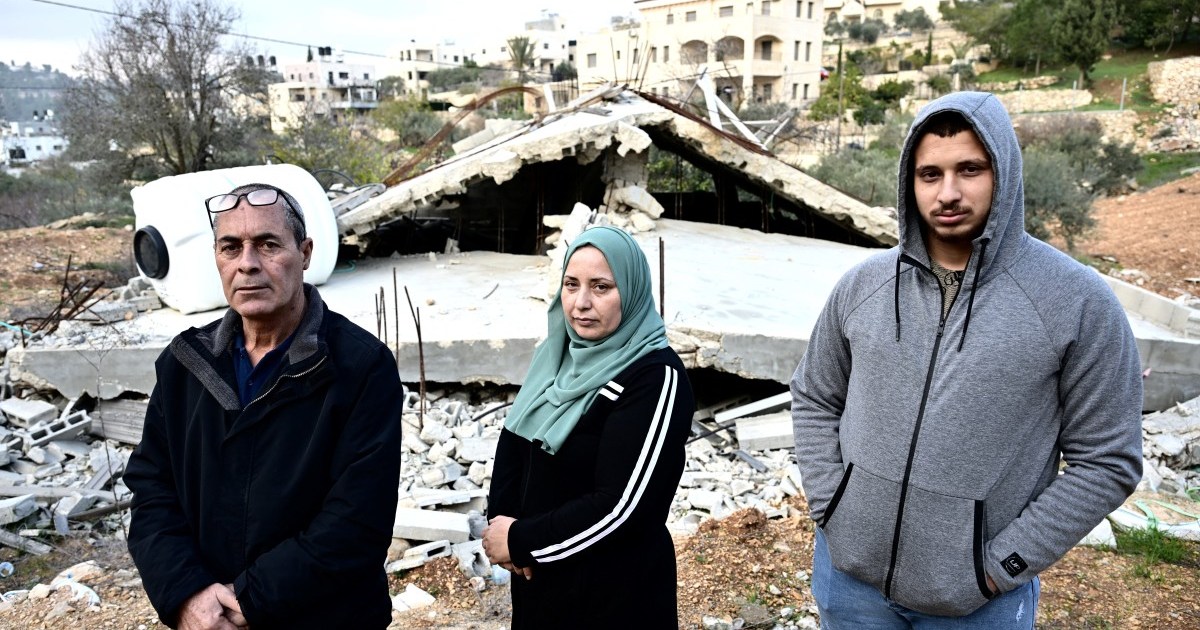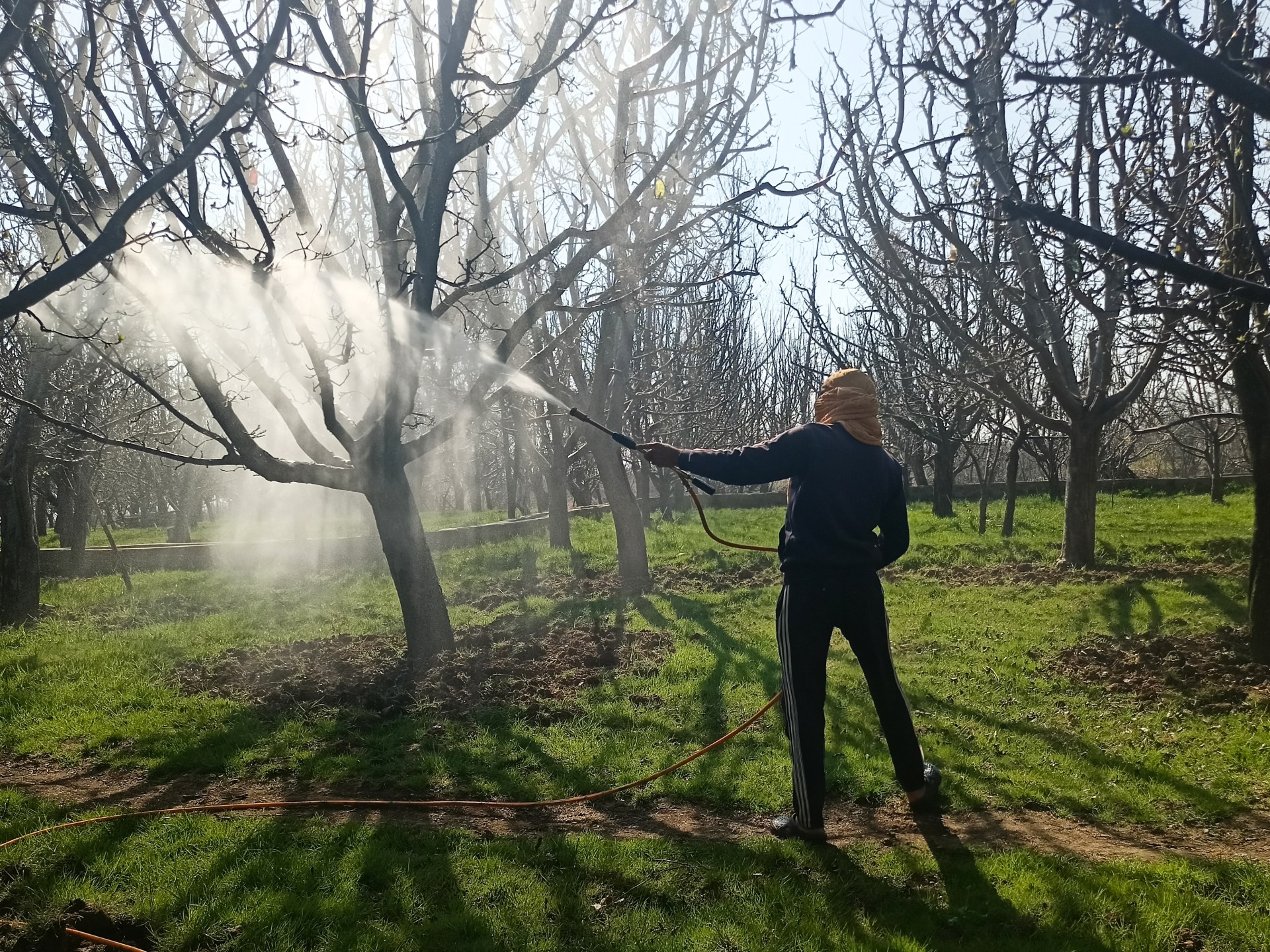Record civilian cluster munitions victims as experts urge global ban — Global Issues
The CMC 2023 report indicates that 1,172 people were killed or injured in 2022, which is the highest number since regular reporting started in 2010.
Speaking to journalists in Geneva, Human Rights Arms Advocacy Director Mary Wareham, emphasised that 95 per cent of casualties reported were civilians.
“It is unconscionable that civilians are still dying and being wounded from cluster munitions 15 years after these weapons were prohibited,” she said.
Cluster bombs are weapons designed to be scattered over large areas, containing several hundred “mini-bombs” called sub-munitions. As they make no distinction between civilians, civilian property and military targets, cluster bombs violate the rules of international humanitarian law.
Convention milestone
The treaty banning the weapons was first agreed in May 2008 and entered into force on 1 August 2010. The Convention prohibits all use, stockpiling, production and transfer of cluster munitions, primarily because of the indiscriminate harm they cause civilians.
Global support for the convention is in “good standing”, Human Rights Arms Advocacy Director Mary Wareham noted, as 112 countries are now bound by its provision and 12 others are signatories.
Other positive developments include South Sudan’s accession to the convention on 3 August, while Nigeria ratified it on 28 February, the report authors noted.
Since the convention’s adoption in 2008, there have been no confirmed reports or allegations of new use, production, or transfers of cluster munitions by any state party to the international treaty.
Ms. Wareham emphasised that the greatest obstacle to eradication “are the governments that are unwilling to join this Convention and that undermine its principles by using and transferring these weapons”.
She also highlighted civil society’s efforts to prevent the transfer of United States cluster munitions stocks to Ukraine.
“We were appalled by that decision, we fought it behind the scenes for the year leading up to this decision,” said Ms. Wareham. “The cluster munitions have been transferred now…There can be no responsible use of cluster munitions.”
Facts and Figures
According to the UN-partnered report, 987 people were killed or wounded directly in cluster munition attacks in 2022. This is compared to the previous year, where no casualties were attributed to cluster munition attacks anywhere in the world.
The vast majority of these casualties were in Ukraine, where at least 890 people, primarily civilians, were killed or wounded in attacks. The report highlights that Russia has repeatedly used cluster munitions in Ukraine since the invasion in February 2022 and that Ukraine itself has also employed the weapons – although to a lesser extent.
Furthermore, government forces in Syria and Myanmar were found to have used cluster munitions in 2022. This is the first year use of the deadly weapons have been reported in Myanmar. None of these countries has signed or ratified the 2008 treaty banning cluster munitions.
Long-term impacts
Cluster munitions pose severe long-term risks to communities. It is reported that up to 40 per cent do not explode on impact, allowing for decades of intermittent detonations.
The report authors warned of the dangers of when war ends and communities go back to “normal”, often triggering any unexploded remnants.
According to the Paul Holtom, Head of the conventional arms and ammunition programme at UN Institute for Disarmament Research at least 185 people were killed or wounded by cluster munition remnants across Ukraine, Syria, Myanmar, Azerbaijan, Iraq, Laos, Lebanon and Yemen in 2022.
Devastating for children
Loren Persi, the report’s editor, said that “these remnants are particularly devastating for children”, who made up 71 per cent of remnant casualties in 2022.
Youngsters are often drawn to the weaponry which often land “in areas where children play or work taking animals out of the field”, said Mr. Persi, who emphasised the importance of education and awareness around the ammunition’s dangers.
The report’s authors also insisted that governments should unite to condemn any use of cluster munitions and join the global ban on these weapons.
To date, “124 countries are managing to live without cluster munitions in their arsenals, without using them and they are using alternative weapons, means and methods of war fighting,” said Ms. Wareham.
The Cluster Munition Monitor is a civil society group, of which the UN Institute for Disarmament Research is a partner. It is the official monitoring regime for the Mine Ban Treaty and the Convention on Cluster Munitions.
Check out our Latest News and Follow us at Facebook
Original Source







